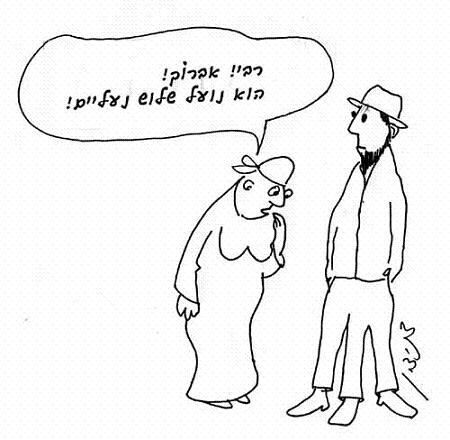
The Torah obligates a widow with no children to marry her brother-in-law, and she is designated as awaiting a levirate marriage. If one of the parties — the widow or the brother-in-law — refuses to marry the other, the Torah requires they perform a chalitzah ceremony, which serves as a variation on a bill of divorce. It is written, “Then shall his brother’s wife come to him in the presence of the elders, and loose his shoe from off his foot and spit in his face, and shall answer and say, ‘So shall it be done to the man that will not build up his brother’s house'” (Deuteronomy 25:9).
In the Talmud they discuss what type of shoe must be used, and from what material it is made, and many other miniscule details. Among other things they discuss whether the chalitzah of a woman who tore the shoe off her brother-in-law’s foot or who burned it off is valid. What are the issues under debate? On one hand, one could think that the Torah demands the foot be exposed and the covering shoe removed, without specifying how — tearing, burning, or in any other manner. On the other hand, it is possible that the Torah demands an act of chalitzah — extraction of the foot from the shoe (this question is not decided in the Talmud). Another sage, Rabbi Nechemiah, asked the sage Rabbah: If the brother-in-law is wearing two shoes on the same foot, one on the other, it is accepted that if she removed only the top shoe the chalitzah is invalid. But if she tears the top shoe off the foot, leaving it dangling from the foot, and takes off the lower shoe, what is the rule? What are the issues under debate? On one hand she has taken off the lower shoe, and the chalitzah should be valid. On the other hand, the brother-in-law’s foot is still covered by the top shoe. Though it is torn, it still covers the foot, and so the chalitzah should be invalid. (This question is not resolved in the Talmud.)
(Babylonian Talmud, Tractate Yevamot 102a)
